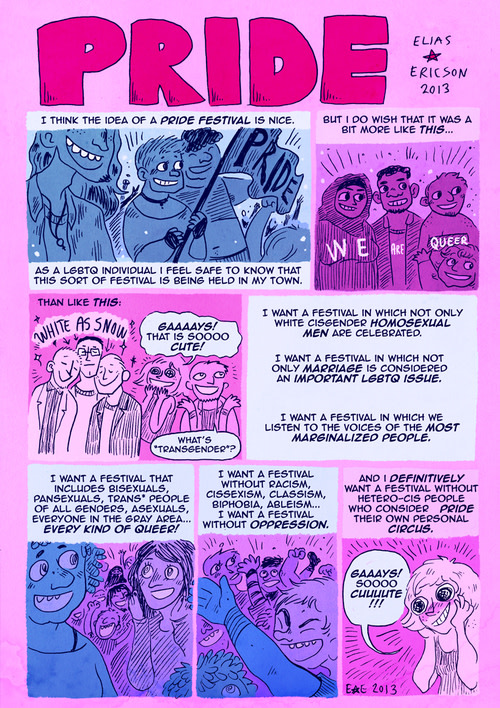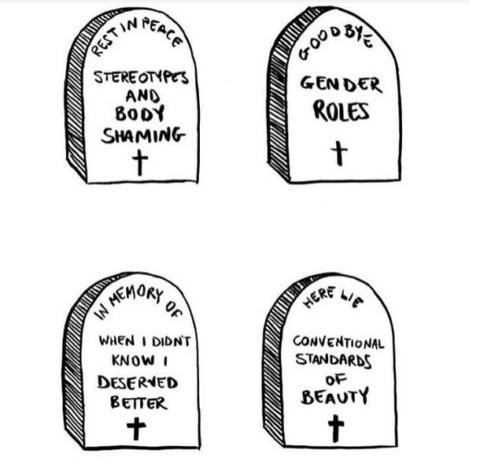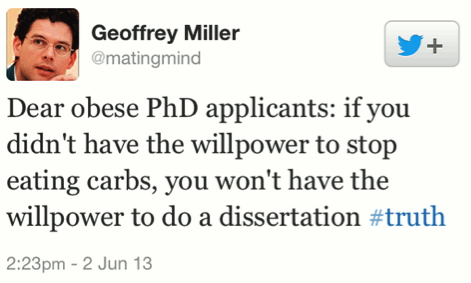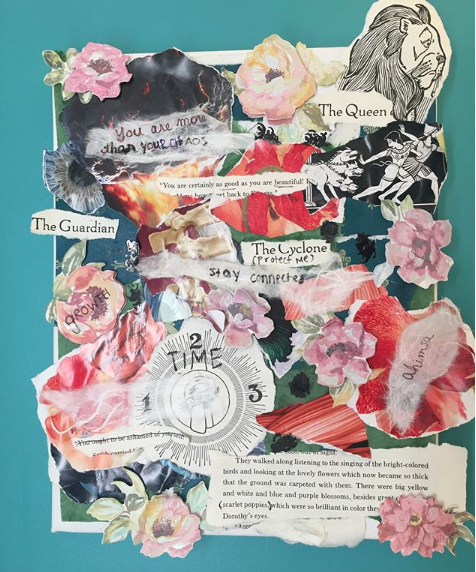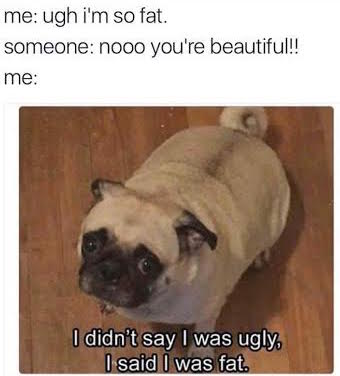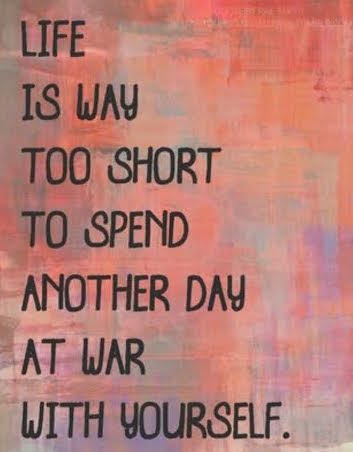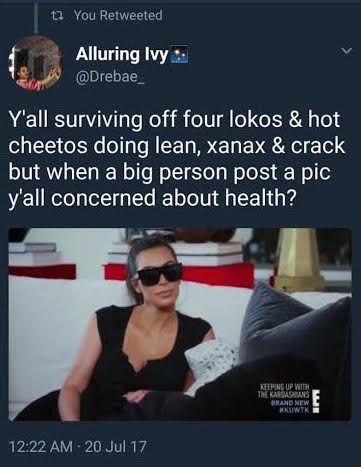Being patient with my body size in recovery has been super frustrating recently–something that I haven’t entirely mastered yet. Especially lately, when the summer clothes are coming out of the closet, it’s been extra difficult to feel “at home” in my body (pride pun intended).

As I’ve said before in previous posts, I’ve definitely gained weight in recovery. I don’t know how much, but since starting my first phase of recovery, the OA diet, in 2016, and leaving it behind four months later, there’s an absolute possibility that I weight more than I did then. I haven’t gotten on a scale since last summer, but I can feel and see the tangible change in my Clothes sizes. (which are all over the place–M, L, XL, 0X, 1X, 2X depending on the brand!)
This all being said, I am a living example of diet failure. Those of us in the post-diet world know that relative statistic that 95% of diets fail. What this actually means is that the diet fails people, people don’t fail the diet. They are buying a product that came damaged, and are blamed when the damaged product doesn’t work. What the “95 percent” thing actually means is that 95 percent of the time, restriction based weight loss isn’t ever sustainable.

Further, it has been shown in studies that people who diet restrictively go back to the weight they were before the initial diet, and then gain 40 percent more. This isn’t meant to scare anyone, because I think the idea that “dieting will make you gain all your weight back and then some” is an anxiety provoking thought that has inherently fat phobic implications on its own.
Instead, I reframe this thought in such a way that reminds me that if I’m really anxious about my body size now, participating in the futile act of dieting to make myself smaller than I currently am will land me right back here and potentially produce more anxiety until I unlearn all the fat hate rhetoric that society has so fiercely bestowed upon me.

What I’m learning in recovery is to be happy and healthy at any size.
I’ve spent a lot of time since learning all these numbers and nutrition stats trying to find my own way to recover and re-integrate my body back to its own conception of “normal”. And what I’m developing is this process I have named and coined as re-childing.
Shifting Recovery
When I started “recovery”, recovery looked a lot liked a diet–because it was a diet. Binge eaters are often prescribed weight loss as recovery, especially if they are subjectively “overweight” or “obese”.
Patients with anorexia (I say patients in this sentence strategically, because I was never a “patient” to treatment for an eating disorder since I was always a “normal” weight) are often prescribed weight restoration as their form of treatment. Their body weights put them in the hospital; but their disorder is seen by many medical professionals as my recovery solution.

I spent four months losing 26 pounds, and being under a lot of stress and anxiety over when (what time), I ate, how much, and who with. I weighed myself compulsively, and created a lot of anxiety about eating “on time” rather than listening to my body’s cues of hunger and fullness.
After four months, the OA lifestyle and all that came with it wasn’t sustainable. I had more people paying attention to what I ate at post-meeting diner gatherings than helping me work the actual program and all its principles.
I’ve met some WONDERFUL beautiful people in OA, who have encouraged me in and beyond my journey with that phase of what I considered to be recovering at the time. These same people respect that my disease is bigger than overeating. I come from emotional eating, bingeing, restricting, dieting, exercise purging and back again.
After this shift, I stopped exercising for a long while–a few months short of one year–and gained weight doing it. I kind of sat with this weight gain, however, because I was adamant to not exercise until I could do it without compulsively counting the calories, doing the math in my head that verified I had “gotten rid of” my lunch or worked out until I had “permission” to eat more for the day.

These processes were internal, and my relationship to exercise probably just looked really dedicated and motivated to the outside world, but I was doing so much damage to myself and my already tricky knees and back joints (I was a runner who loved to run until 10th grade when I discovered I had hip dysplasia that impacted my knees).
I re-integrated an exercise plan into my routine and my life over the past few months. I have discovered what I enjoy (hiking, walking and yoga!) and learned to put movement that doesn’t suck into my daily life. And I’m doing only those things, with a touch of dance and everyday moving.

My favorite suggestion comes from Linda Bacon’s Body Respect: I park at the far end of the lot at my job and enjoy a few extra minutes of walking to the office to sign in each morning. I also have located several different spots nearby to walk, and my partner and I have visited them a lot throughout the spring!
Intuitive Eating
Intuitive Eating has done so much for me–it is insurmountable exactly how much. It has become about more than just eating when hungry and stopping when full–I have learned through the Intuitive Eating principles how to choose foods that help my brain function better, what food actually does for me, and how to re-process things about my body image that weren’t fully healed. It has taught me how to shut out the external food policing messages that come from family and social messaging, which have throughout my life solidified into concrete messages that have come to sound a lot like my own voice, even when they’re not.
The Ten Principles of Intuitive Eating!
These principles are so important to me, and have made me really interested in the nutrition components of food and what it can do for me. With intuitive eating, I’ve learned that carbs are in fact brain food and we need them if we want to keep functioning, even as we rest.

I have a serotonin imbalance, so I focus a lot on serotonin-producing foods and omega-3 fatty acids for mood boosting. I also hydrate a lot more often and have rediscovered my childhood love for raw veggies as snacks!
My Re-Childing Theory
Most of us have no memories of being newborns or infants–but scientifically speaking, our bodies were designed to eat when they were hungry and stop after we weren’t. Despite the fact that whoever raised us got no sleep when we cried out of hunger at 3 in the morning, we were listening to our bodies when they released ghrelin–the “hunger rumble” hormone in our stomach that told us to feed it.
As we grew, our parents or caregivers were the ones who created our eating schedule in an effort to structure our day as well as their own. But how much of that eating schedule was actually in tune with our own hunger cues?
How often as children were our bodies still hungry even an hour after dinner? It’s got less to do with the “growing boy/girl” nuances we push on children as they develop, and more about their hunger and fullness signals trying to fight against a somewhat arbitrary and self-imposed food routine.

The idea that “you can’t possibly be hungry” an hour after dinner is a myth, and as children, whether we are granted permission to be hungry and eat shortly after a meal affects our development and relationship with food and eating. I know personally that it did exactly that for me.
Lots of healthy foods were available in my life for most of my childhood, and lots of unhealthy ones were, too. I had a good balance of “play food”, quickly prepped food, and nutrient dense food–but was always told either when or how much to eat (my dad’s side of the family were their own Clean Plate Police).
While I understand that parenting is SO time-consuming and that dinner gets made when and however the person cooking often sees fit, more dialogue about family food preferences and hunger schedules should be taken into account.
In our society, its considered rude to eat before everyone at the table has been served. But what if I’m not hungry and everyone else is eating? There shouldn’t be judgment if I have to make a plate for myself and heat it up later.
I can still sit with my loved ones and socialize while they enjoy their meal. Food is so often a really important sociocultural bonding tool, but participation in the food, for me, doesn’t always have to be required. In the case of restrictive disordered folks, challenge yourself to participate in the conversations and the food. There is still opportunity to be present while honoring yourself.

Just the same, parents shouldn’t push kids who are done with their dinner. If anything, teach them that whatever they don’t finish can and should be saved for later, as an effort to not be wasteful.
In households who are privileged enough to have food security, training eaters from a young age to not take more than they need could be useful in creating intuitive eaters who are mindful of the presence of socioeconomically imposed food insecurity and wastefulness.
I am re-integrating my body to its natural state; by listening really closely and carefully and not eating after my body says it’s finished. I’ve done this sometimes by overeating by accident and noticing my threshold without judgment. It’s all about fine-tuning and sometimes, that means willing to be a little physically uncomfortable.
Another form of re-childing my body’s relationship with food and body image is reframing the way I experience and think about movement. Instead of saying “I wasted today and didn’t exercise; I’m so lazy”; I think about it in terms of my relationship with nature. I don’t want to waste my “outside time” or my opportunity for that day to interact with the beauty in my neighborhood and beyond.

When we were kids, there was NOTHING worse than not getting to play outside. I go back to this thought often. When I was a preschool teacher, we would often say to the children, “Clean up your toys fast so you don’t lose outside time!” and they would get right to cleaning up and have more than enough time to play and laugh and run around with their friends.
There are only so many daylight hours, and certain tasks can be done at anytime. Being able to do this social movement activity was so important to them, and not out of a compulsion to move. I don’t like losing my “outside time” as a grown-up, either!
We all are learning and growing in this recovery process, and it is up to us to find out who our inner child is and to feed, nourish and love that child back to life using everything we have learned as adults. I know for me, it has been the most gratifying, healing, sometimes frustrating but always altogether meaningful process thus far. Get to know who you were before the self-imposed rules, structures and external messaging.

How are you implementing reintegration into your life?






